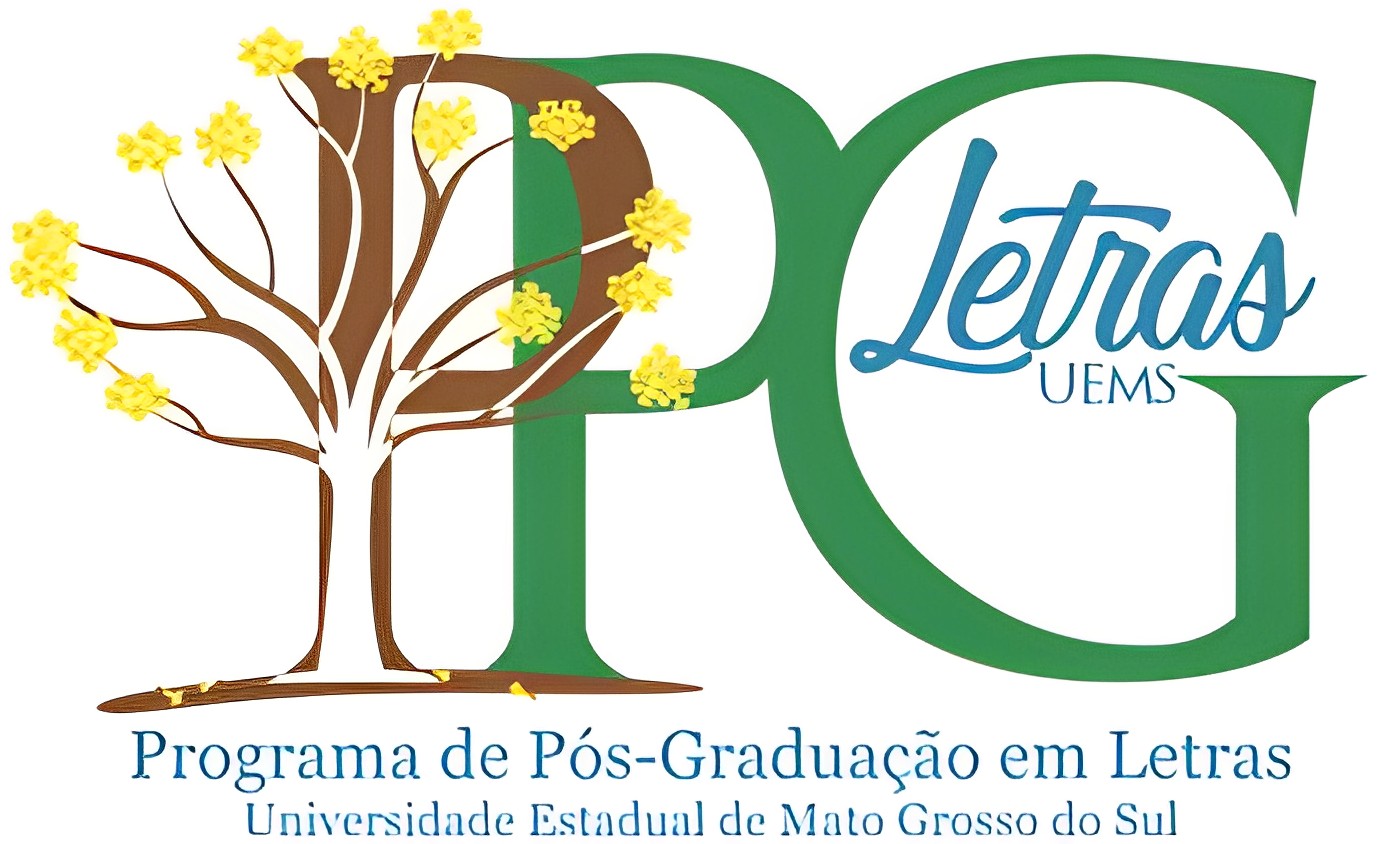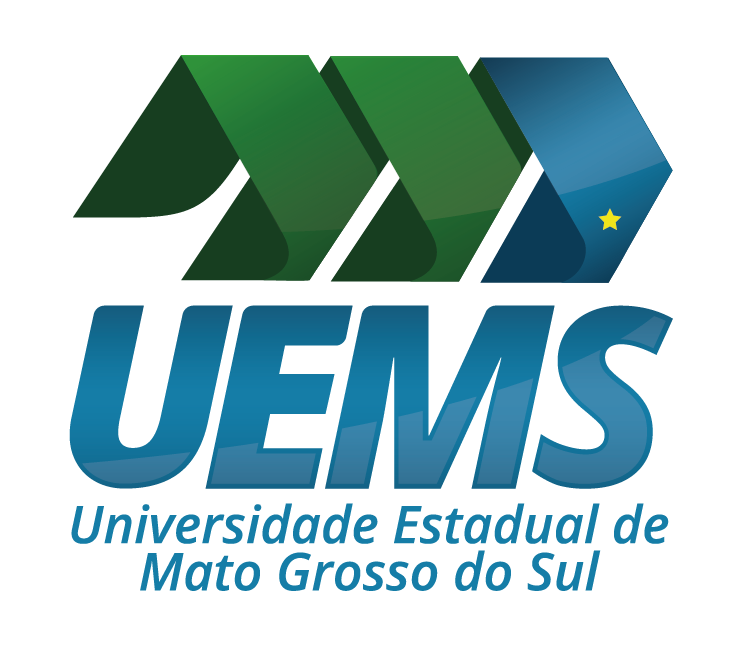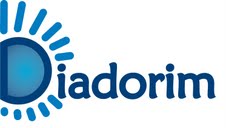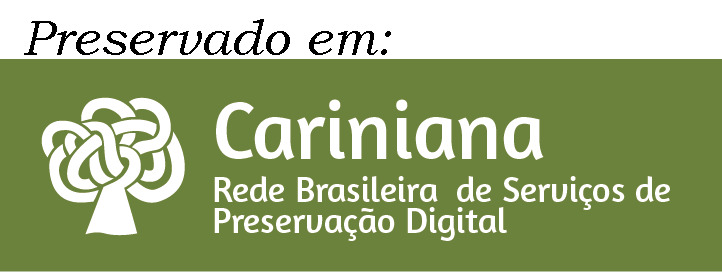Myth and Orisha
an analysis of the loving itan of Oshún and Oshosi in the music video Onda, by Mc Tha ft. Jaloo and Felipe Cordeiro
DOI:
https://doi.org/10.61389/revell.v1i34.7087Keywords:
Itan, Oshun and Oshosi, VibeAbstract
The itans bring in themselves the stories of the orishas through symbolic-imaginary narratives that carry meanings, messages and representations. Afro-Brazilian culture has a large number of mythological gods, the Orishas, known from tales and stories, which contain teachings about their personalities, governments, weaknesses and domains. Based on this observation, the present work analyzes the reinterpretation of the love itan of Oshún and Oshosi, in the music video Onda, by the São Paulo singer Mc Tha. When comparing the mythological narratives (itans) of Oshún and Oshosi and the video clip, the presence of symbols that refer to the stories of these deities is verified and it is verified that, by using Afro-Brazilian mythology in the poetic-literary construction, the audiovisual renders homage to these deities. As support for the analysis, the following works are used: O que é mito, by Everardo Rocha (1996), O poder do Mito, by Joseph Campbell (1988), Myth and Meaning, Claude Levi-Strauss (1978), Mitologia dos Orixás , by Reginaldo Prandi (2001) and Orixás Deuses Iorubás na Africa e novo mundo, by Pierre Fatumbi Verger (2018).
References
CAMPBELL, Joseph. O herói de mil faces. Tradução Adail Ubirajara Sobral. 10ª edição. São Paulto : Cultrix/Pensamento, 1997.
BARBOSA JUNIOR, Ademir. O Livro essencial de umbanda. São Paulo: Universo dos Livros, 2014.
D’ANGELO, Helô. As origens da violência contra religiões afro-brasileiras. Revista Cult, UOL on-line. 21 de setembro de 2017. Disponível em: < https://revistacult.uol.com.br/home/violencia-religiosa-candomble-umbanda/ Acesso em: 30 jan. 2021.
DOMINGUES, Naíse. Guerreira que canta, encanta e vence a guerra: entrevista com MC Tha. Revista Kobá Exu. On-line. Edição 5 – Mar/Abr, 2021.
MC THA; JALOO, CORDEIRO, Felipe. Onda. Youtube. 2020. Disponível em https://www.youtube.com/watch?v=sjtsxsFsaTg. Acesso em: 30 jan. 2021.
MC THA. Último Recado por Jaloo (Despedida). Yotube. 2020. Disponível em https://www.youtube.com/watch?v=sjtsxsFsaTg. Acesso em: 30 jan. 2021.
OMOLUBÁ. Doutrina e práticas umbandistas: cadernos de umbanda. São Paulo: Ícone, 2014.
PÓVOAS, Ruy do Carmo. Itan dos mais-velhos: contos. Ilhéus: Editus, 2004.
PRANDI, Reginaldo. Mitologia dos Orixás. São Paulo: Companhia das Letras, 2001.
ROCHA, Everaldo. O que é mito? São Paulo: Brasiliense, 1996. (Coleção Primeiros Passos).
SANTAELLA, Lúcia. WINFRIED, Nöth. Estratégias semióticas na publicidade. São Paulo: Cengage Learning, 2010.
SOUZA, Daniela Barreto de; SOUZA, Adílio Júnior de. Itan: entre o mito e a lenda. Revista Letras Escreve. Macapá, v. 8, n. 3, 2.º sem., 2018. DOI: https://doi.org/10.18468/letras.2018v8n3.p99-113
VERGER, Pierre Fatumbi. Orixás, deuses iorubas na África e novo mundo. Salvador: Corrupio, 1997.
Downloads
Published
How to Cite
Issue
Section
License
Copyright (c) 2023 REVELL - REVISTA DE ESTUDOS LITERÁRIOS DA UEMS

This work is licensed under a Creative Commons Attribution 4.0 International License.
DECLARAÇÃO DE ORIGINALIDADE E EXCLUSIVIDADE E CESSÃO DE DIREITOS AUTORAIS
Declaro que o presente artigo é original e não foi submetido à publicação em qualquer outro periódico nacional ou internacional, quer seja em parte ou na íntegra. Declaro, ainda, que após publicado pela REVELL, ele jamais será submetido a outro periódico. Também tenho ciência que a submissão dos originais à REVELL - Revista de Estudos Literários da UEMS implica transferência dos direitos autorais da publicação digital. A não observância desse compromisso submeterá o infrator a sanções e penas previstas na Lei de Proteção de Direitos Autorais (nº 9610, de 19/02/98).




















